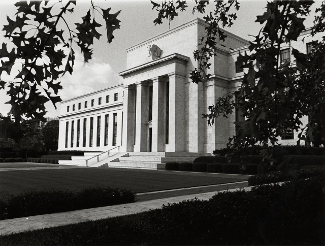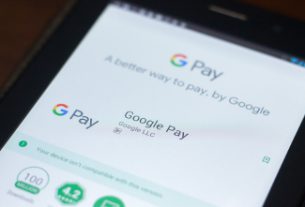Another Fed move, another day of collapsing stock markets. The Federal Reserve on Sunday evening announced its third consecutive unscheduled monetary policy move, making a 100-basis point cut to its target federal funds rate, cutting to a level of 0.00-0.25%. So after only a couple of years in which interest rates never even got back to pre-crisis normal levels, we’re back to zero interest rates. And while the Fed said that negative interest rates are not on the table, who’s to say that the Fed won’t drop rates into negative territory in the future? No one expected a return to ZIRP (zero interest rate policy) this quickly, so why couldn’t rates go negative?
In addition to dropping interest rates, the Fed also pledged another $700 billion in quantitative easing. While its QE4 that began in October was not an official quantitative easing, it nonetheless increased the size of the Fed’s balance sheet. While the $500 billion in Treasury securities and $200 billion in agency mortgage-backed securities is smaller than previous bouts of QE, it nonetheless will push the Fed’s balance sheet to a record high of nearly $5 trillion. And if the past is any guide, this won’t be the last round of QE the Fed will undertake.
Just like with the Fed’s last two emergency monetary policy actions, the 50-basis point rate cut and the announcement of emergency repo market liquidity, the Fed probably thought that its actions would assuage investors and stabilize markets. But the result was just the opposite: the Fed caused markets to freak out. In fact, the Fed’s latest actions caused the Dow Jones to open down nearly 2,300 points on Monday, causing trading to halt immediately after the open. And the Dow ended the day down nearly 3,000 points, its worst one-day drop ever. Once again, the size of the Fed’s actions and the timing of those actions caused markets to panic, not to rejoice.
It makes you wonder just what the Fed is thinking. Did Chairman Powell think that the third time would be the charm? If your monetary policy actions are intended to calm markets but are actually causing more turmoil, don’t you think you would learn your lesson after the first two times, and not engage in another bout of monetary easing that would panic markets? But apparently the Fed decided that doubling down on its previous mistakes was the better course of action, and so we’ve got QE4 (or QE5?) ramping up.
With every asset on the market getting hit simultaneously, this is the time to buy gold. When the dust settles amid tanked stock markets and bankrupt companies, those who invested in gold are going to be just about the only ones with significant amounts of assets left. And the value of their gold holdings will only increase as gold takes off like it did post-2008. After the Fed’s latest actions, it’s plainly obvious that we’re seeing 2008 all over again, only this time it may be far worse.
This article was originally posted on Goldco.




